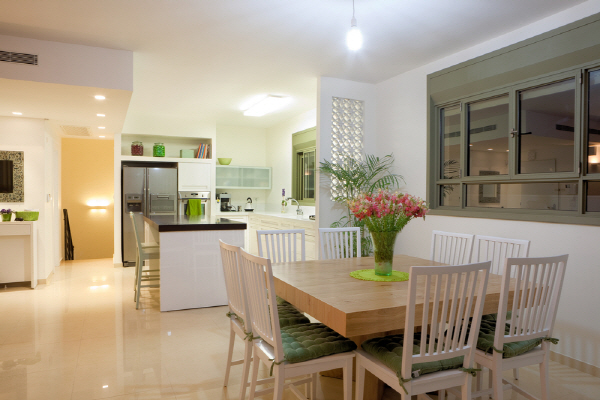You likely have forged relationships with real estate lawyers, bankers, and appraisers, among other professionals, calling on their expertise when you and your client need help navigating an aspect of the transaction. Have you considered when you might need an architect’s point of view?
Recently, a real estate agent called me about a house she had listed that had a “unique” floor plan. The first floor was awkwardly designed, and there was no place that leant itself to an intuitive seating arrangement to simply relax and watch television. As soon as buyers walked in, they turned right back around and walked out. The agent told me that none of her buyers could envision living in the house.
Here’s where my perspective came in handy. As an architect, I’m an “idea guy,” and where people see problems with a home’s layout, I see opportunities. Like most architects, I have a vivid imagination and the ability to think and visualize in three dimensions. So when agents need a fresh set of imaginative eyes to look at a property, I’m the guy they often call.
So this agent wanted some ideas about how the house could be adapted to become more appealing to buyers. We spent an hour doing a walkthrough together, and I was able to visualize a simple renovation plan that she could present to her clients. I advised taking down a wall, moving a door to an adjacent room, and creating a proper entry foyer. The job would be far less extensive than she expected, and now armed with ideas, she was able to present the house in a new light. She had something to be excited about, and she could convey that excitement to her clients.
Focus on the Positive With Older Properties
Home inspections are designed to show buyers all the flaws in a home so they can make an educated decision about whether they want to purchase. Even if they like the location of a home, the home inspection report can take the wind out of their sails if it needs a lot of work. Soliciting the advice of an architect at this moment could help buyers keep their vision alive and refocus them on the positive aspects of the house.
I don’t tell them about rotted window trim or leaky gutters; I tell them about how they can open up the kitchen, let more light into the great room, add more garage space, add on a first floor master suite, or create outdoor living spaces, all while reassuring them about the structural integrity of the house. I advise on the feasibility of remodeling and the opportunities that lay hidden within a home. That feedback can help a buyer see the pros more than the cons and keep the transaction on track.
Build the Vision for New Construction
If you sell building lots or raw land, you know how important visualization can be. I’ve walked building sites with agents and their clients, and I ask the buyer what they would like their new house to be. Will it be private or will it make a statement? Will it need a walk-out basement? How large will it be?
Then we discuss the opportunities for each property. We talk about where the sun rises and sets. Which way will they approach the house? Where would the garage and driveway be? Is the lot too steep or does it have a drainage problem? Where are the view opportunities? Through this discussion, we end up determining which lot suits their goals for their new house best. The buyers can now more easily make a choice and buy a property with confidence.
Architects help practitioners and their buyers unravel the uncertainty that can block them from submitting an offer on a property. We don’t sell anything; we remove doubts and open doors to new opportunities. If you’re wondering whether architects “give away” free advice like I do, I can say that the smart ones will. For a few hours of their time, the architect can be introduced to potential clients who may be building or remodeling a house and need their services. Beyond that, the architect and agent get to know more about how they both work and relate to clients. If that goes well, it leads to valuable networking and mutual referrals.
If you don’t already know an architect, contact builders in your area for referrals or contact your local chapter of the American Institute of Architects. The AIA will have a membership directory that often describes each architect’s specialty. When you make friends with an architect, you will broaden your vision for properties while helping your clients be more confident in their decisions.
William Hirsch, author of Designing Your Perfect House, is a member of the American Institute of Architects. He’s the former president of the Delaware Society of Architects and a member of the National Council of Architectural Registration Boards.












